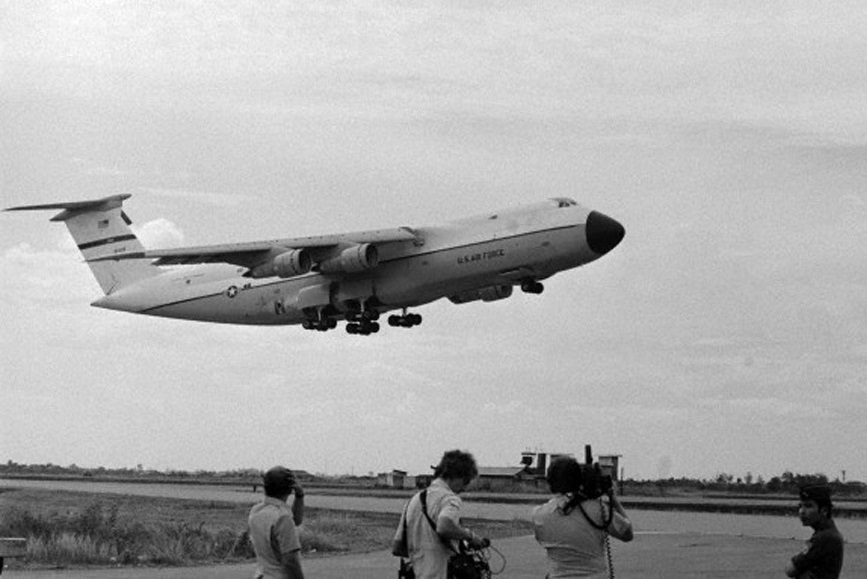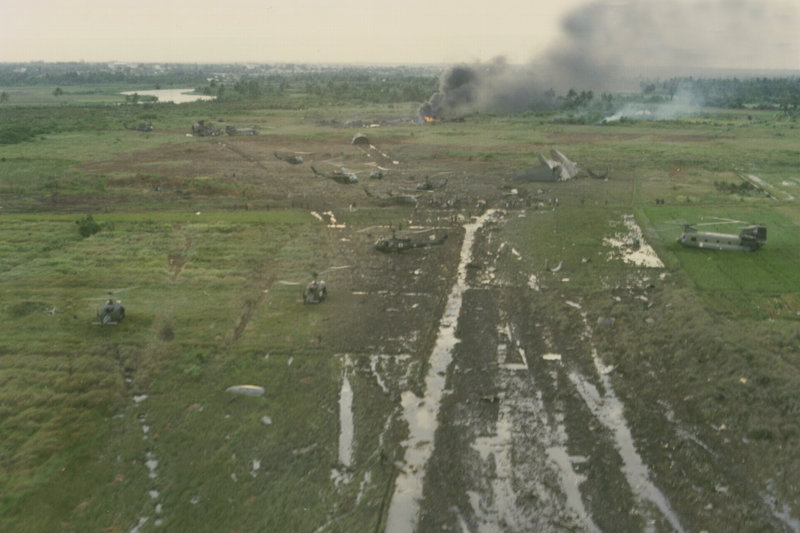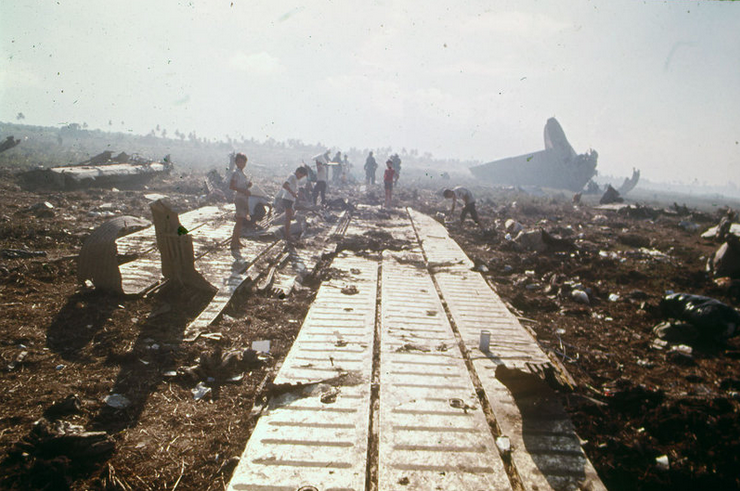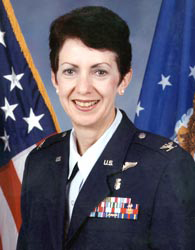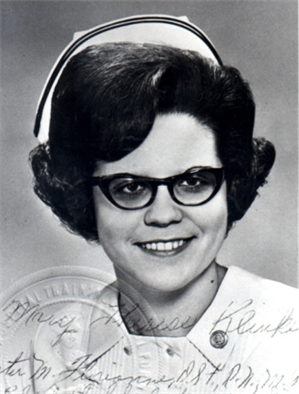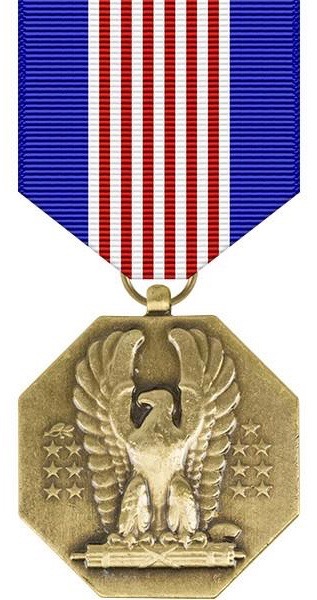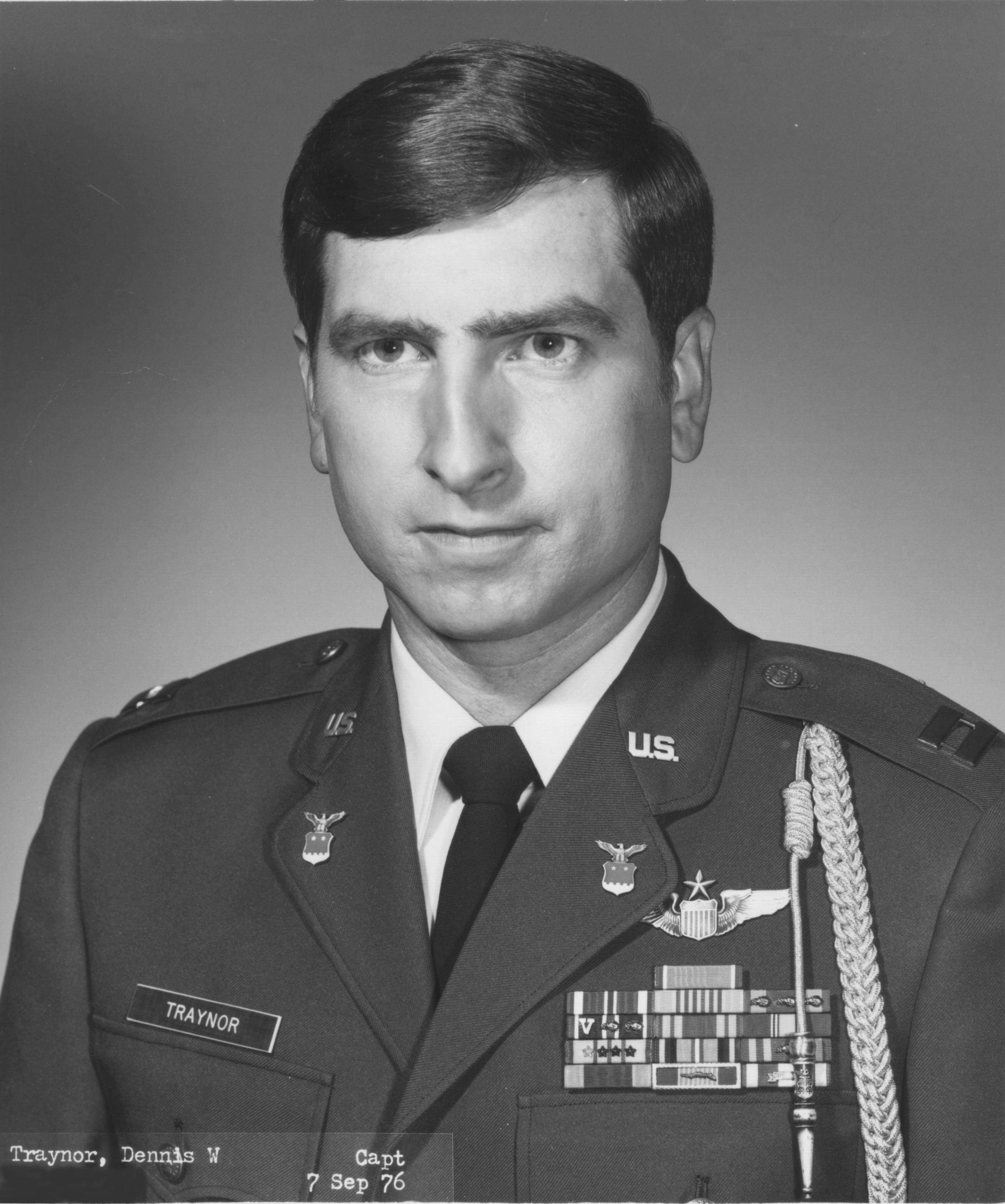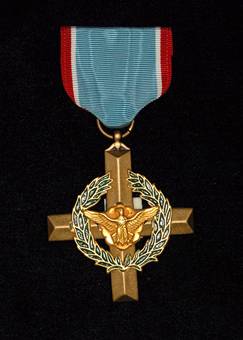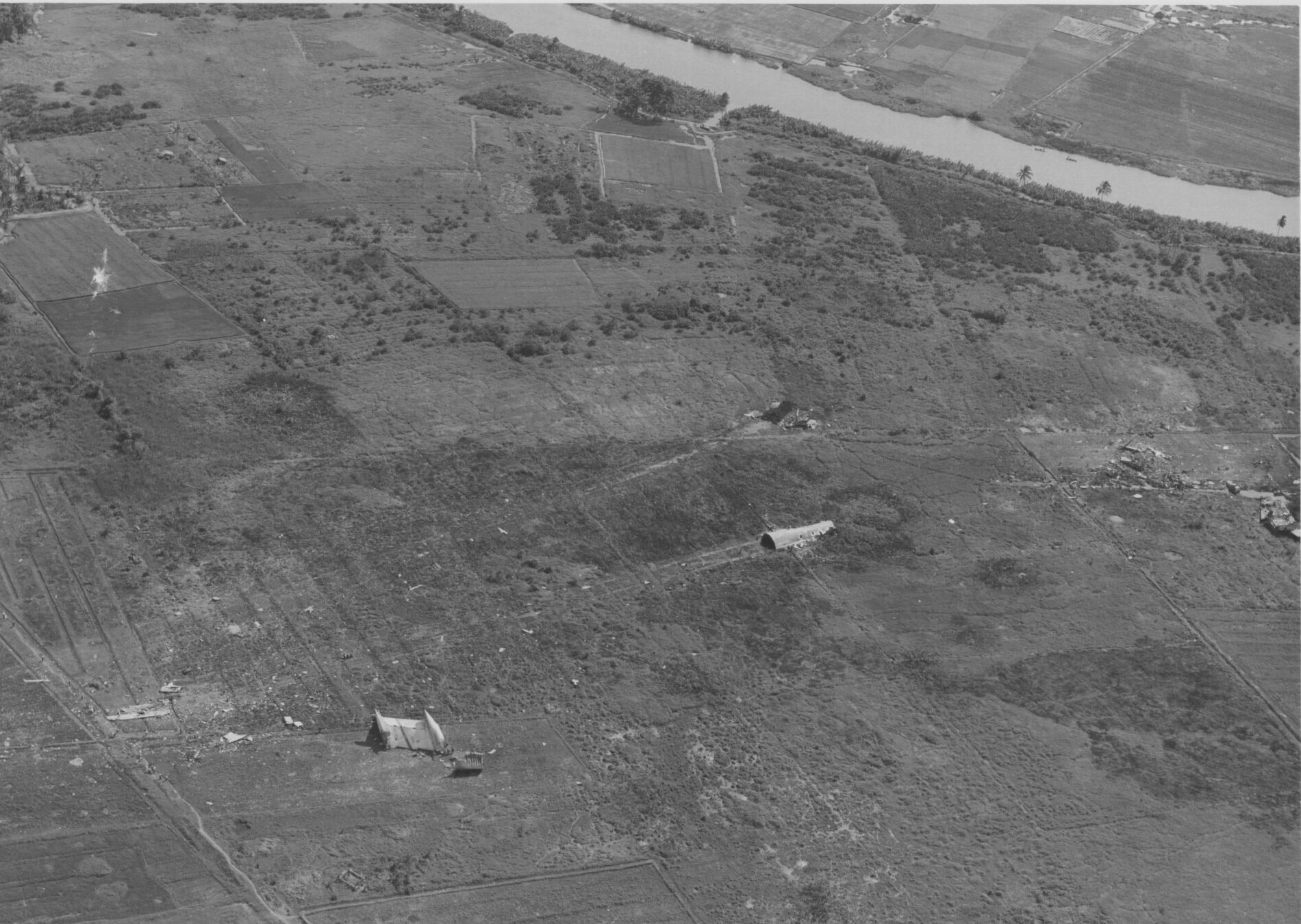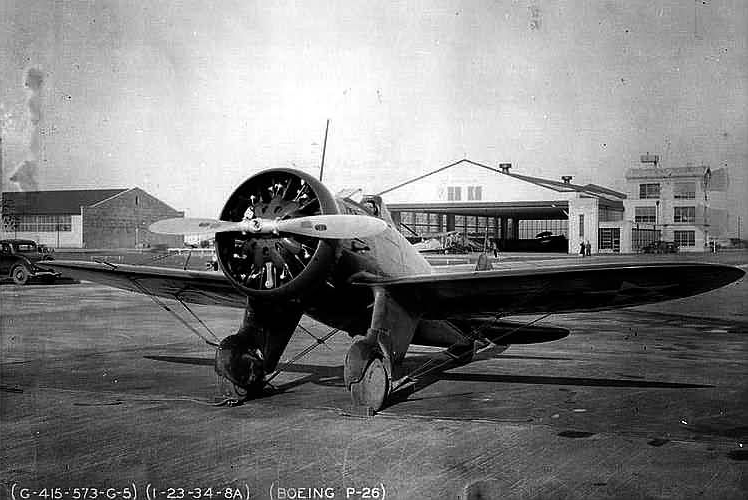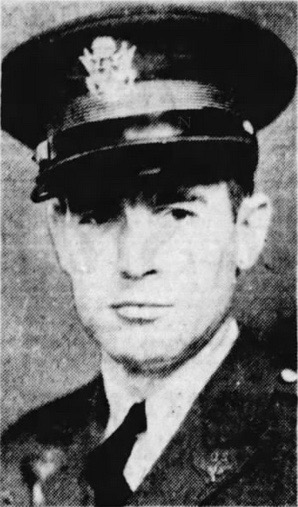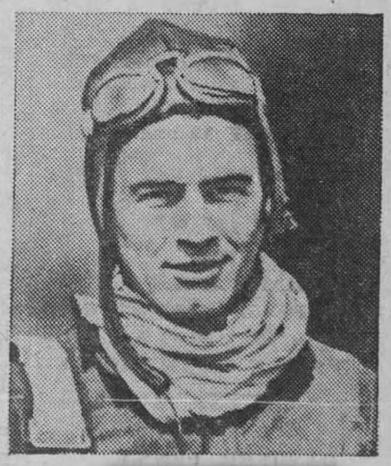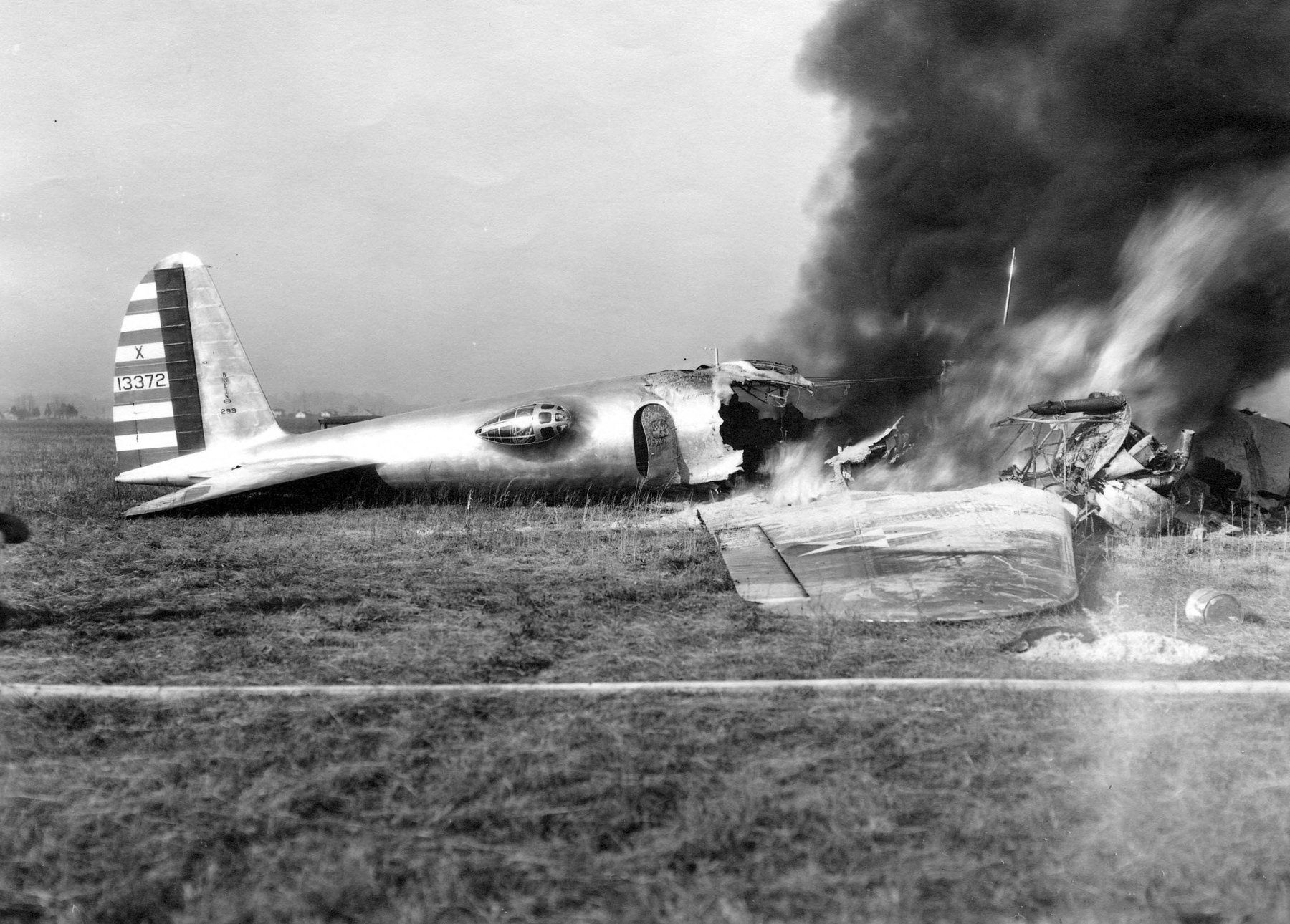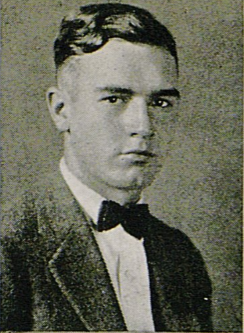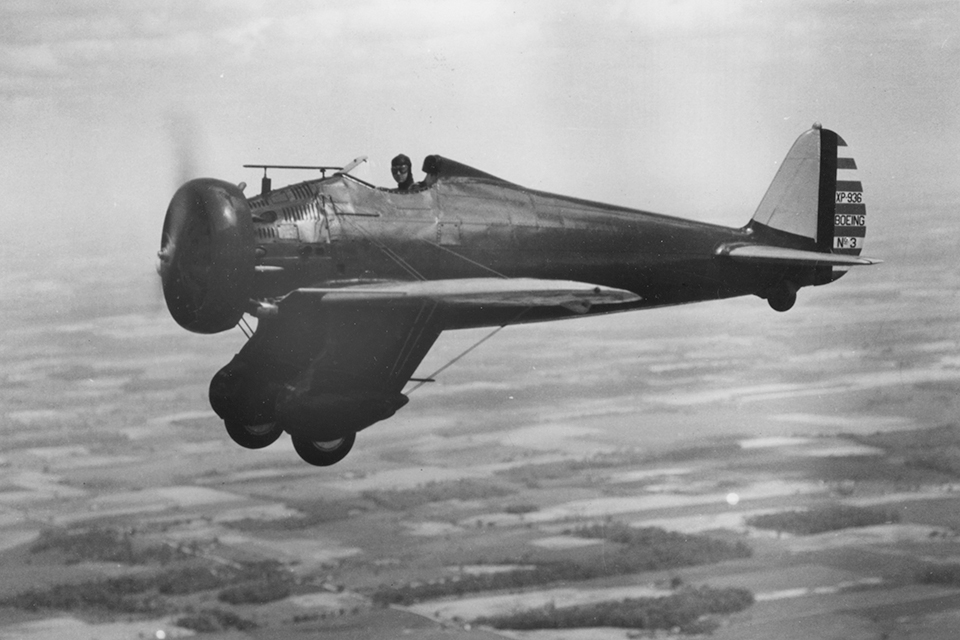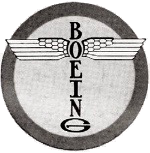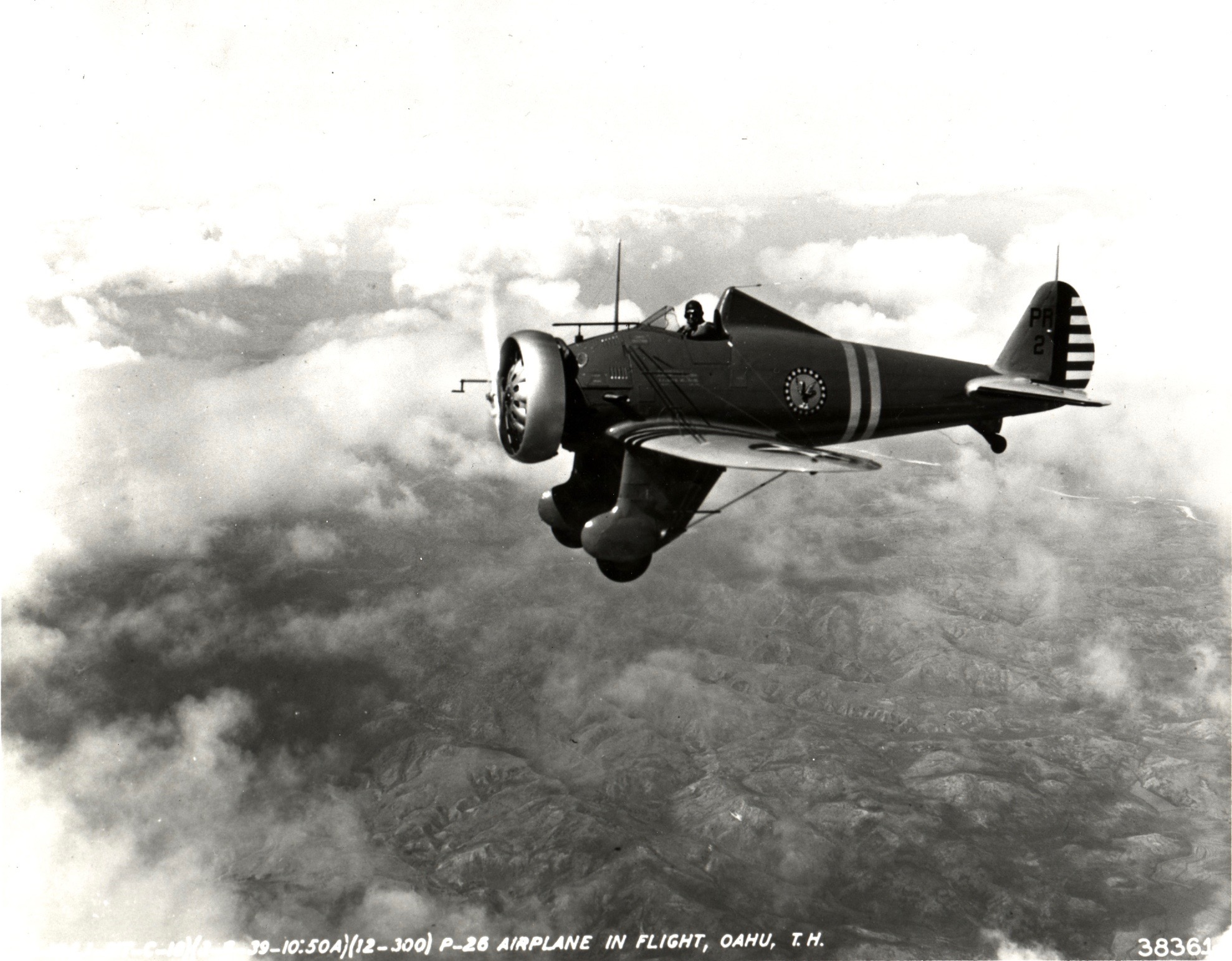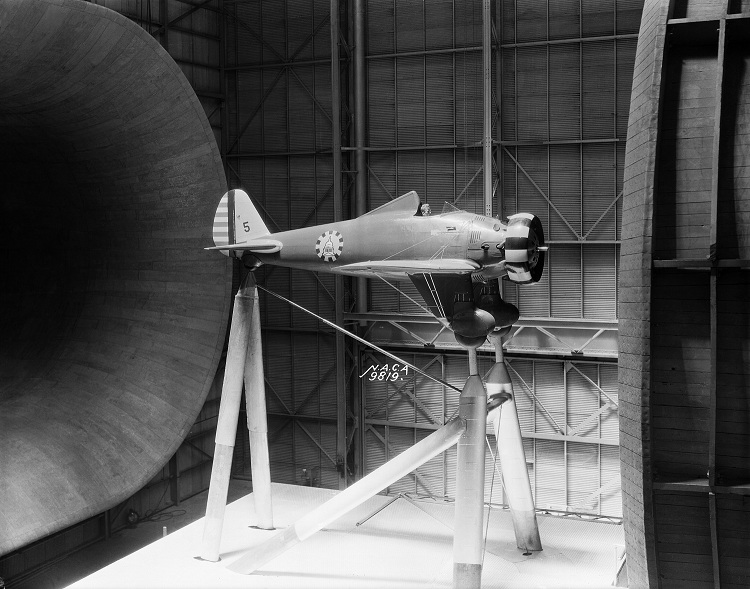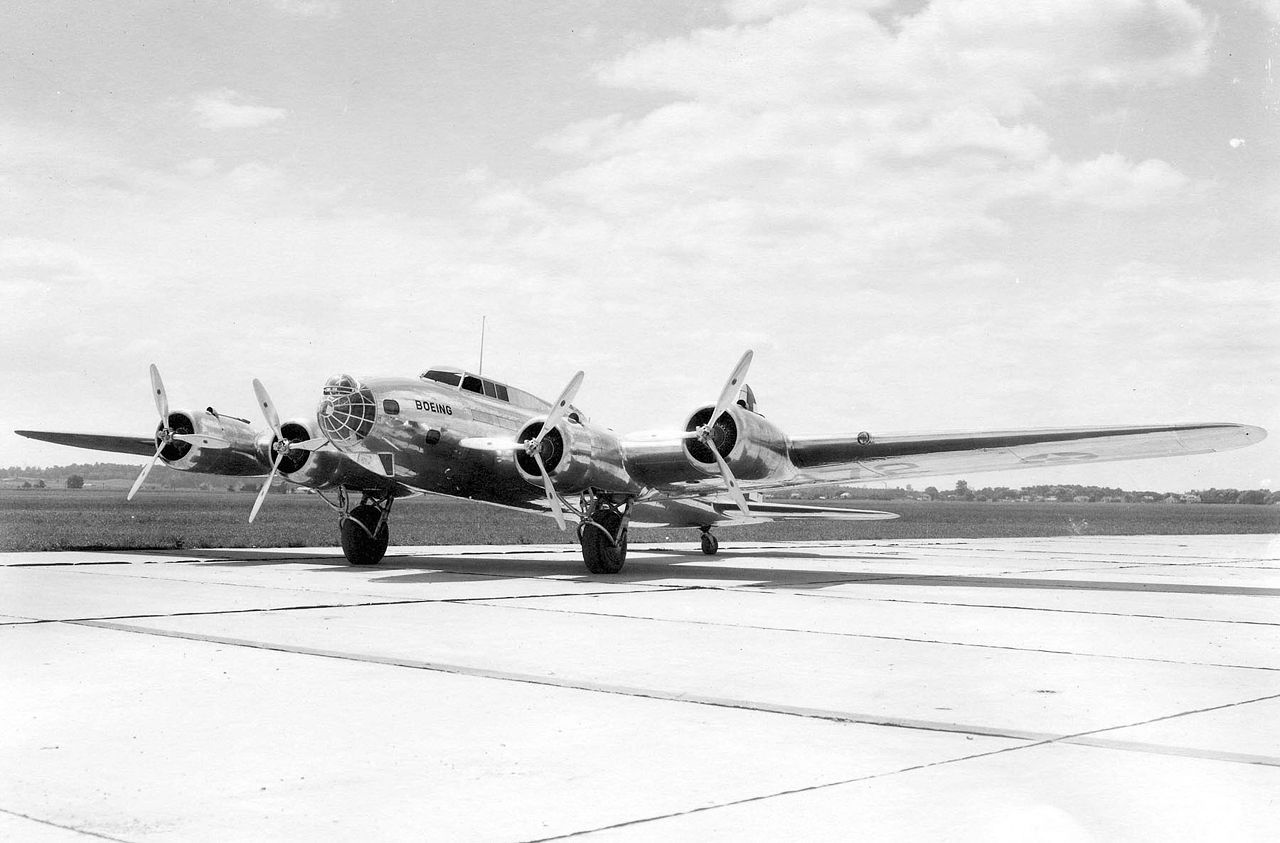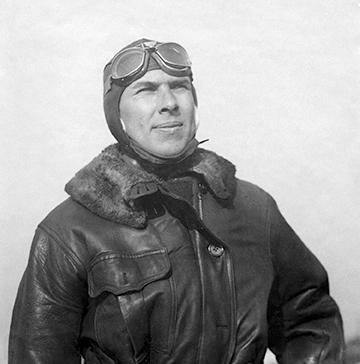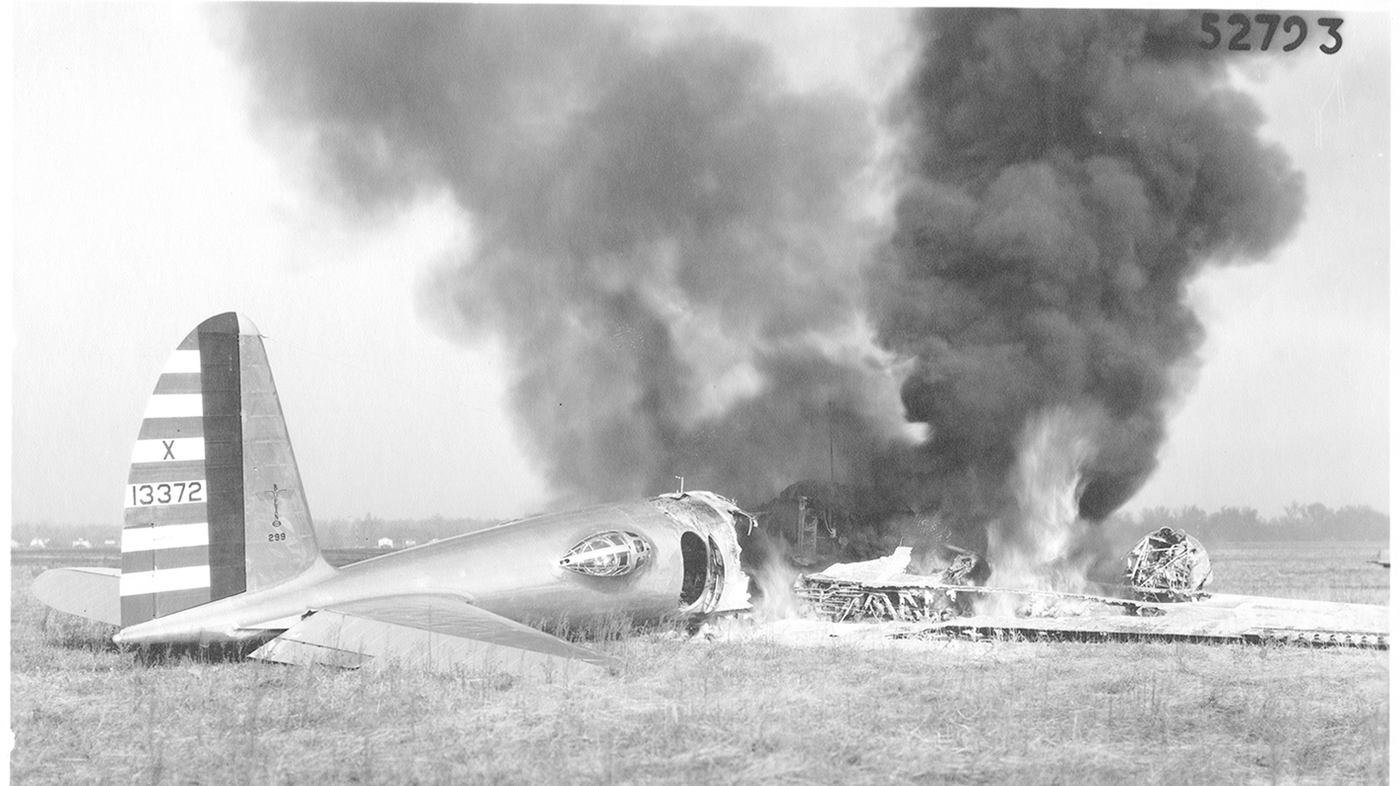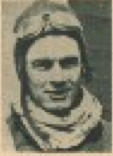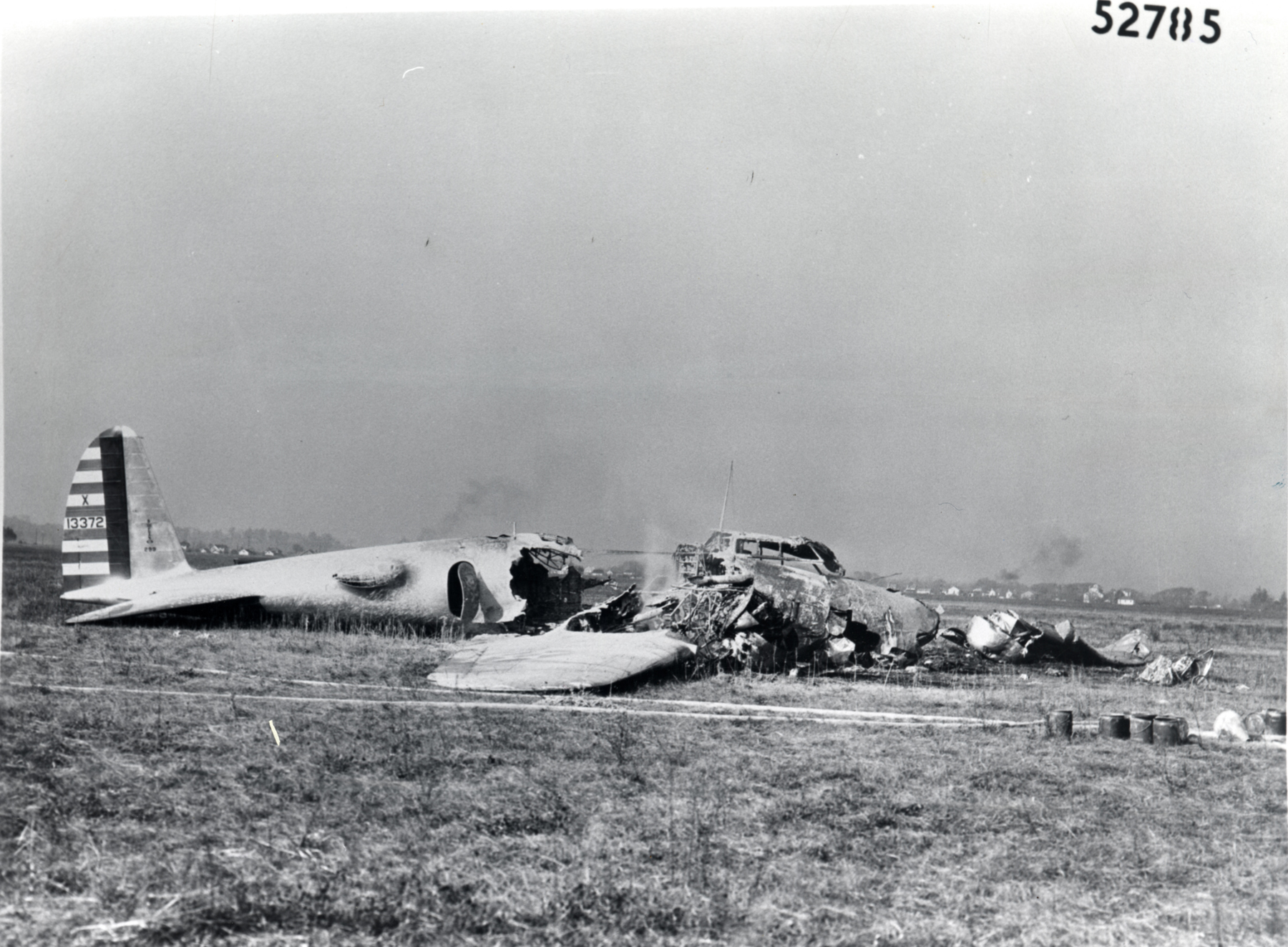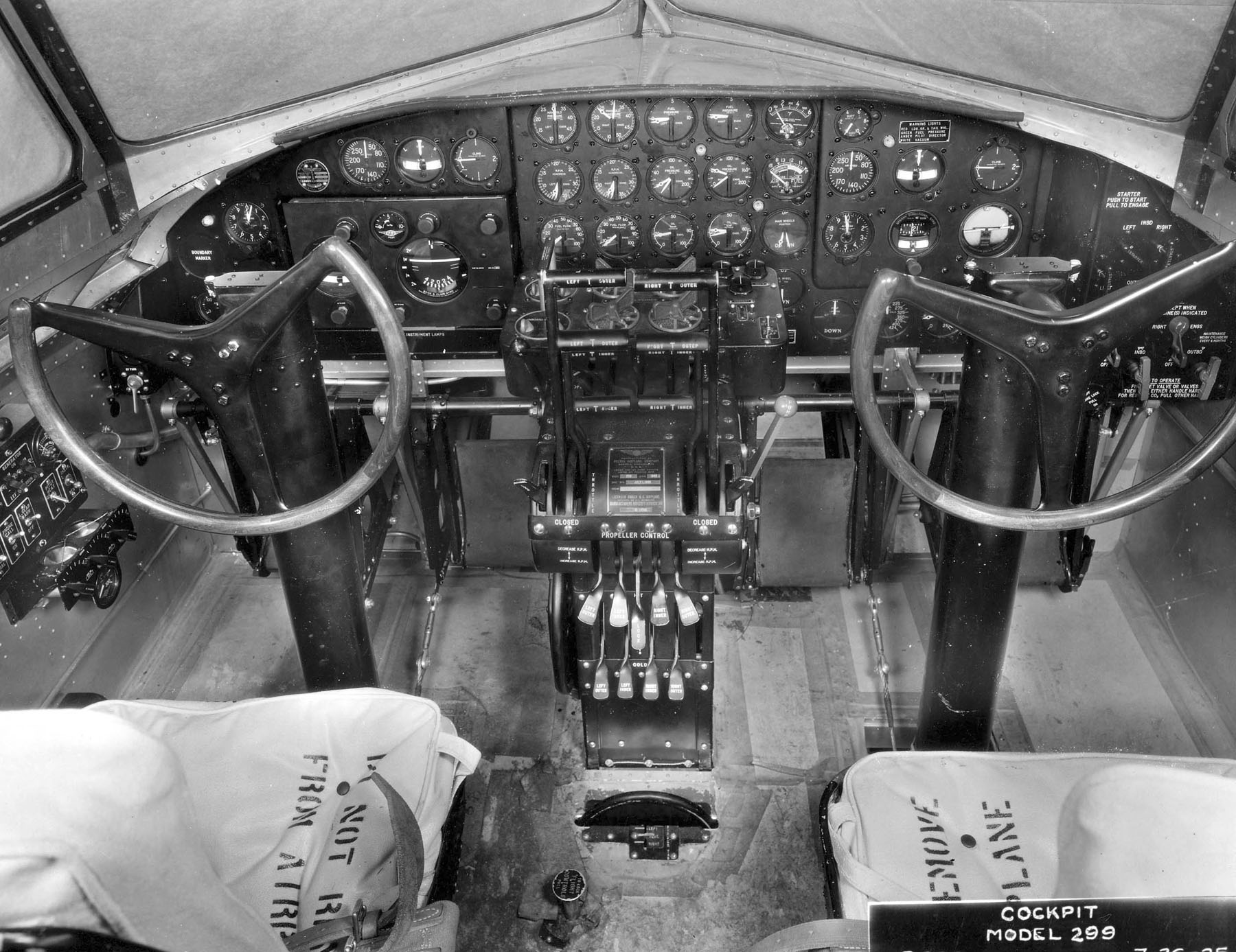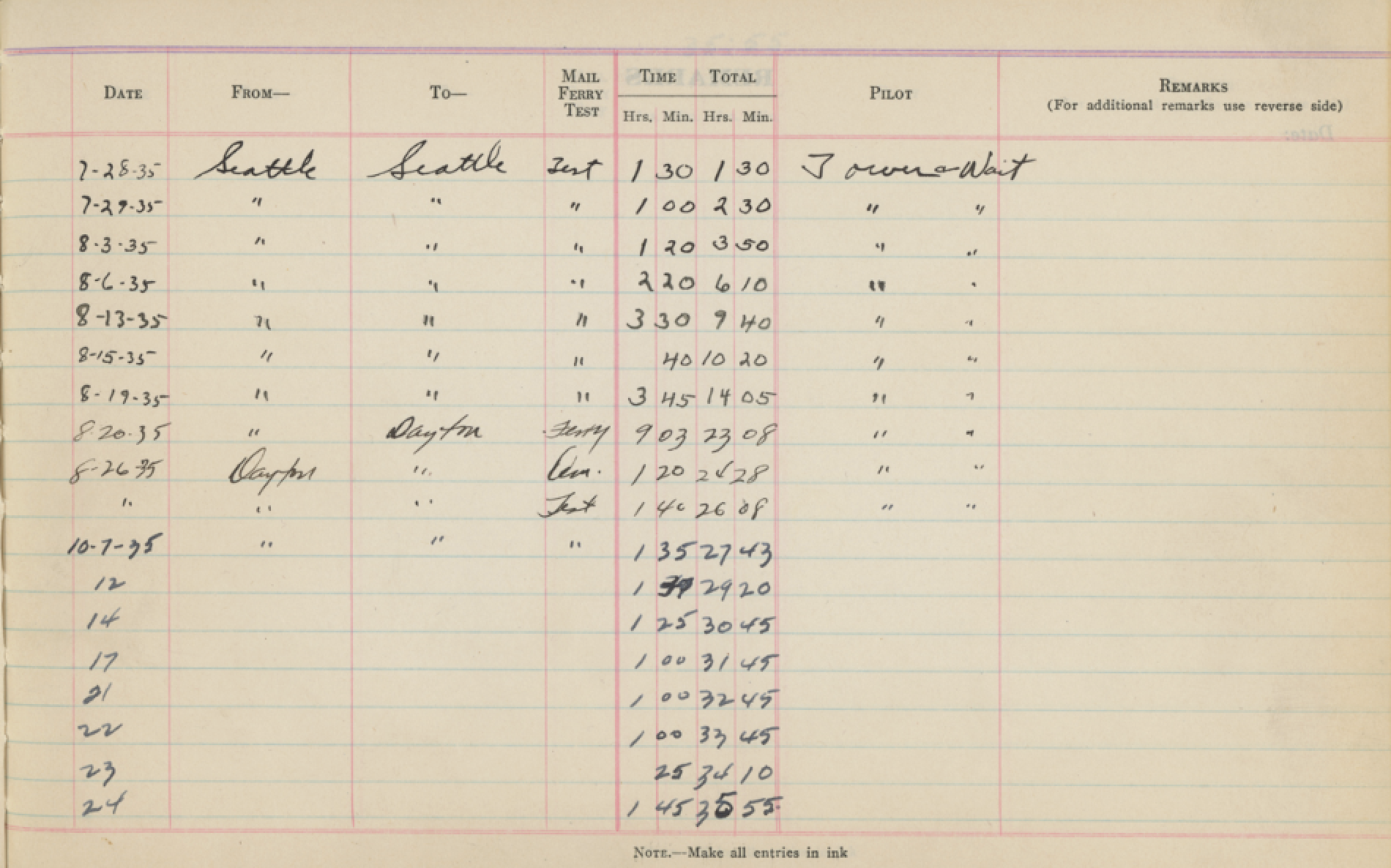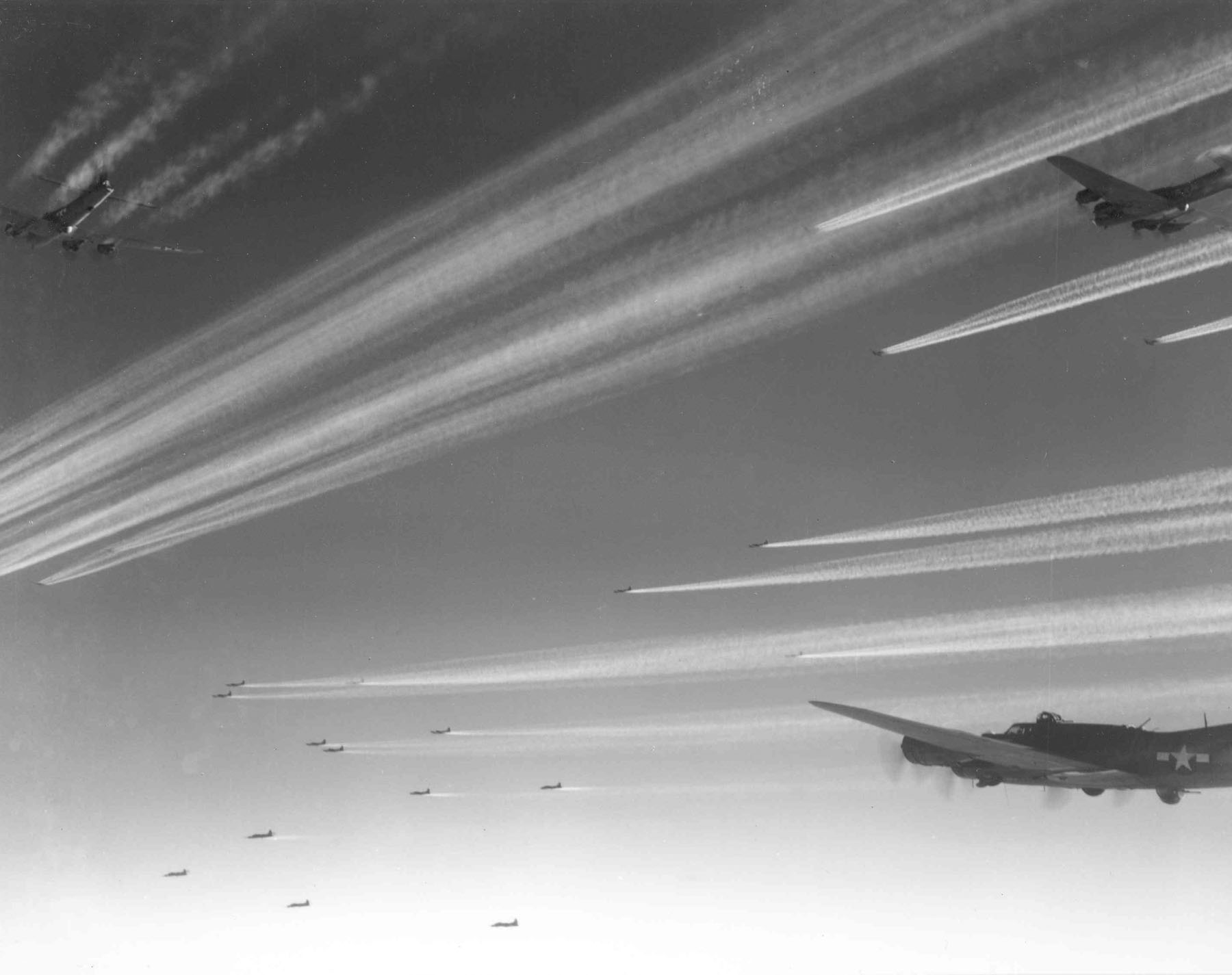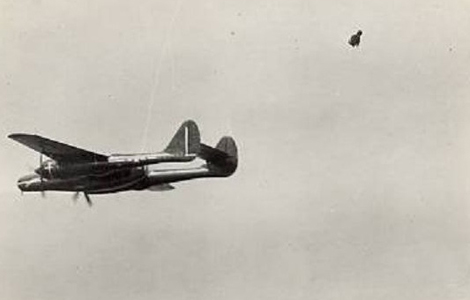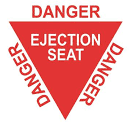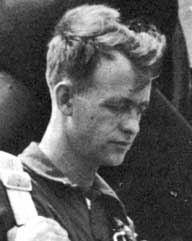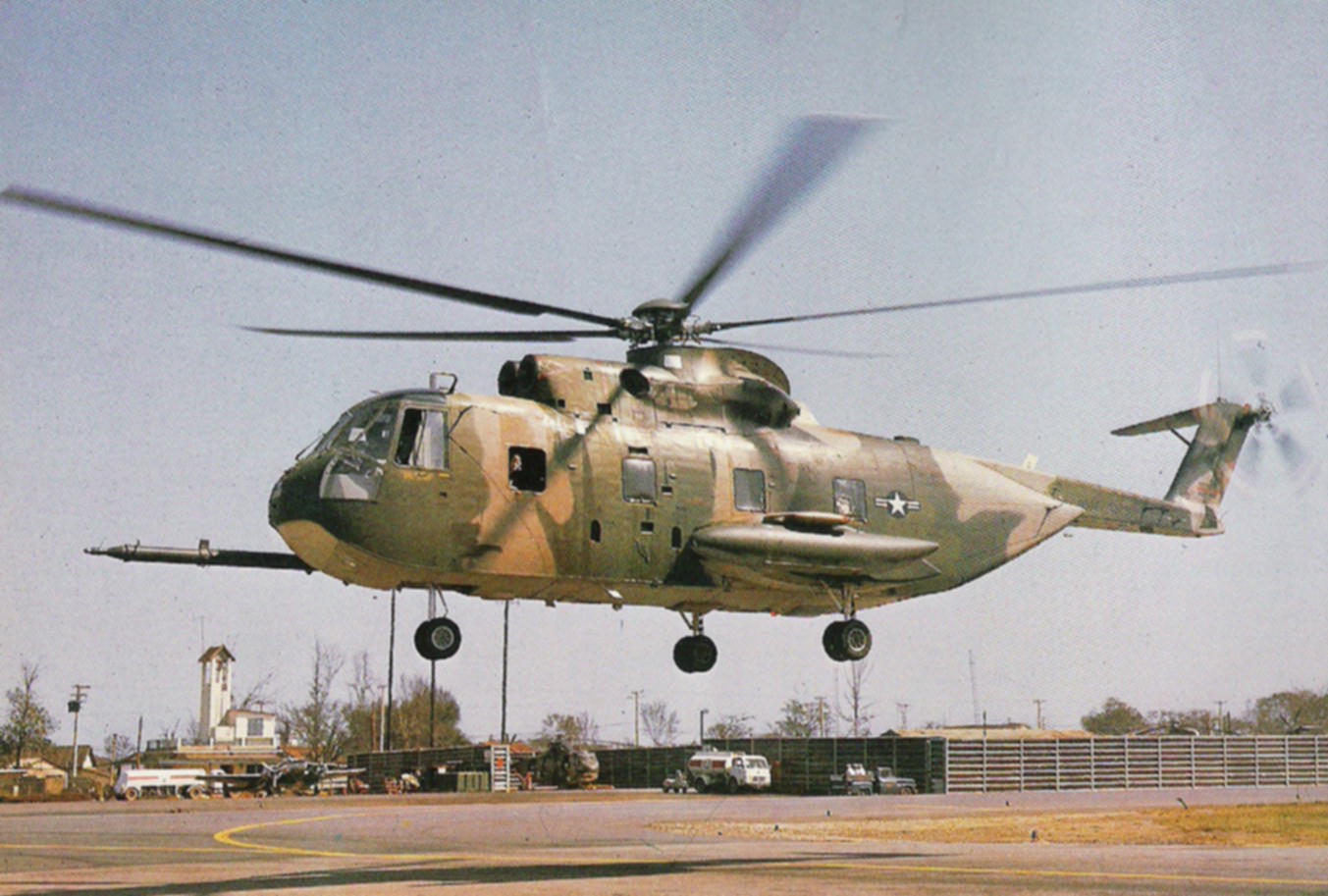
15 April 1970:
AIR FORCE CROSS
CAPTAIN TRAVIS HENRY SCOTT, JR.
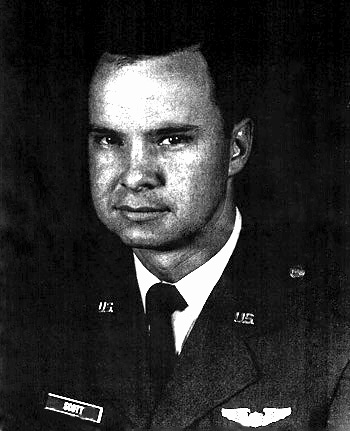
The President of the United States of America, authorized by Section 8742, Title 10, United States Code, awards the Air Force Cross to Captain Travis H. Scott, Jr., for extraordinary heroism in military operations against an opposing armed force as Aircraft Commander of an HH-3E helicopter near Dak Nay Puey, Republic of Vietnam, on 15 April 1970. On that date, Captain Scott was engaged in the rescue of a crew of a United States Army helicopter which was shot down by enemy ground fire. With display of great skill and professional airmanship, Captain Scott made two earlier attempts to position his helicopter, but each time he was driven off by heavy ground fire, which inflicted damage to his helicopter. After assessing the damage to his helicopter, and assuring that his crew was able to continue with the mission, Captain Scott requested and received permission to make a third rescue attempt. In this attempts, the helicopter was severely damaged by an intense burst of heavy automatic weapons fire. Captain Scott heroically struggled to keep his crippled helicopter airborne and, with sheer determination and a deep concern for his fellowmen, he crash landed his helicopter in order to save the lives of his crew and passengers. Through his extraordinary heroism, superb airmanship and aggressiveness in the face of an opposing armed force, and in the dedication of his service to his country, Captain Scott reflected the highest credit upon himself and the United States Air Force.
Captain Travis Henry Scott, Jr., was also posthumously awarded the Purple Heart and the Air Medal (his fifth award) for this action. He had previously been awarded the Silver Star, the Distinguished Flying Cross with two oak leaf clusters (three awards).
AIR FORCE CROSS
MAJOR TRAVIS WOFFORD
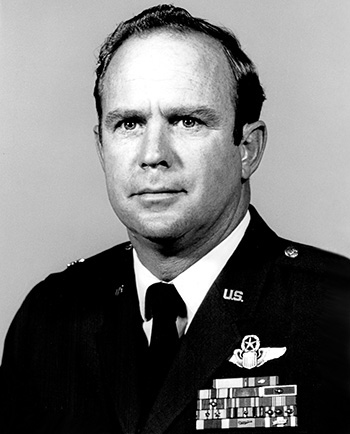
The President of the United States of America, authorized by Title 10, Section 8742, United States Code, takes pleasure in presenting the Air Force Cross to Major Travis Wofford (AFSN: 0-61477), United States Air Force, for extraordinary heroism in military operations against an opposing armed force as Co-Pilot of an HH-53 ¹ Rescue Helicopter Pilot of the 37th Aerospace Rescue and Recovery Squadron, 3d Air Rescue and Recovery Group, DaNang Air Base, Vietnam, in action near Dak Nay Puey, Republic of Vietnam, on 15 April 1970. On that date, Major Wofford was engaged in the rescue of a crew of a United States Army helicopter which was shot down by enemy ground fire. Although Major Wofford was wounded by enemy ground fire during two earlier rescue attempts, he chose to continue with the rescue operations. On the third attempt, the helicopter was severely damaged by an intense burst of heavy automatic weapons fire. When the helicopter lost power and crashed, Major Wofford, with complete disregard for his personal safety and despite his painful injuries, freed himself from the wreckage and then attempted to free the pilot, who was instantly killed on impact. He then observed the other members of the crew engulfed in flames and, with sheer determination and a deep concern for his fellow men, he rushed to their aid, extinguished the flames and then dragged the aircrew members to a place of safety from which they were rescued. Through his extraordinary heroism, superb airmanship, and aggressiveness in the face of hostile forces, Major Wofford reflected the highest credit upon himself and the United States Air Force.
Major Wofford was also awarded the Purple Heart. He was awarded the Distinguished Flying Cross for a rescue carried out the previous day. He also received the Cheney Award for 1970. His other medals include the Silver Star, Meritorious Service Medal with two oak leaf clusters (three awards), the Air Medal with one silver and one bronze oak leaf clusters (six awards), the Air Force Commendation Medal, Presidential Unit Citation with oak leaf cluster (two awards), and the Gallant Unit Citation with two oak leaf clusters (three awards).
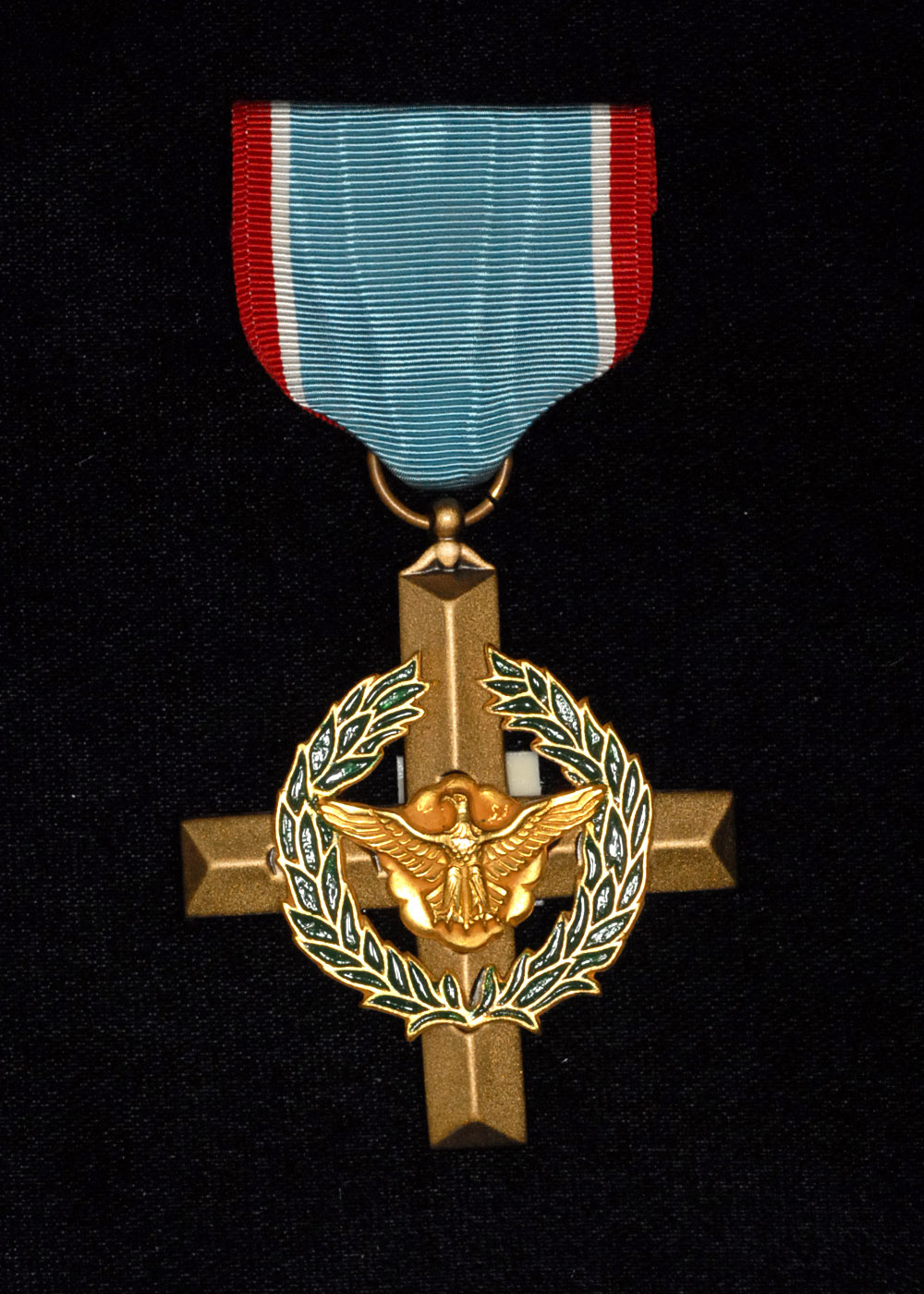
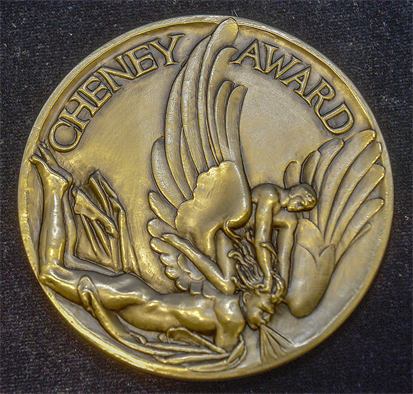
¹ The above citation incorrectly references Major Wofford’s aircraft as an HH-53. It was a Sikorsky HH-3E Jolly Green Giant, call sign “Jolly Green 27.” This helicopter, 66-13280, was one of two HH-3Es to fly non-stop from New York to Paris, 31 May 1967.
© 2018, Bryan R. Swopes
